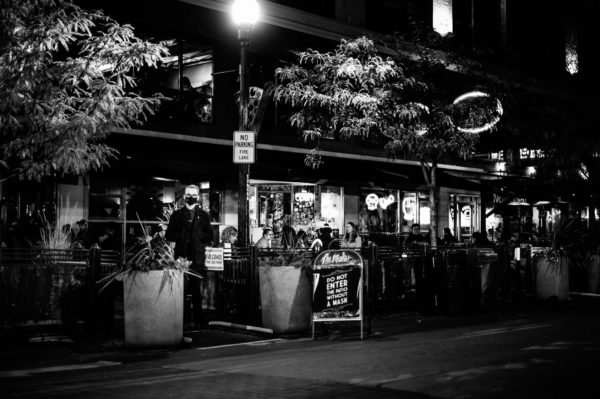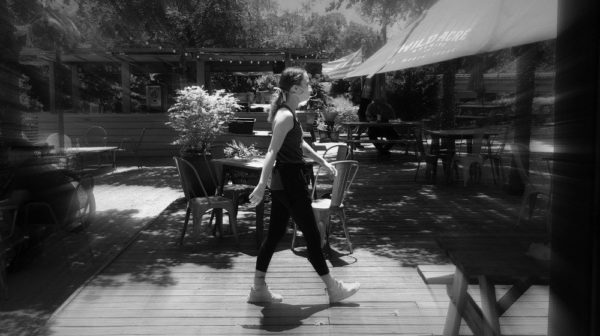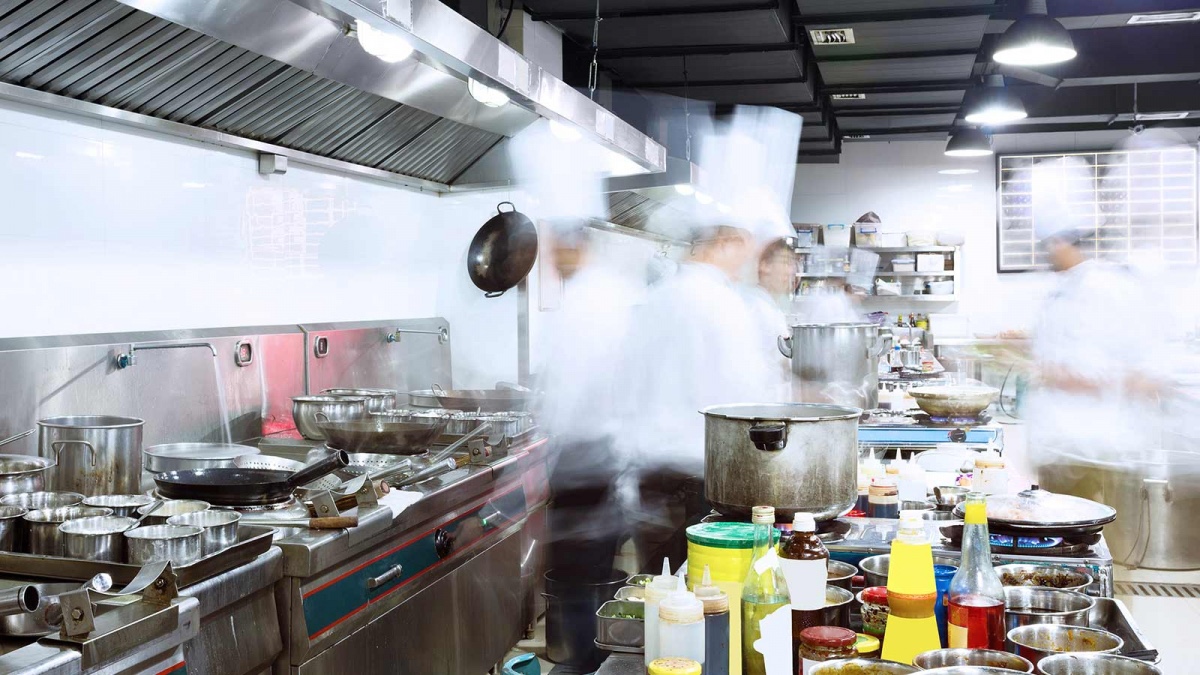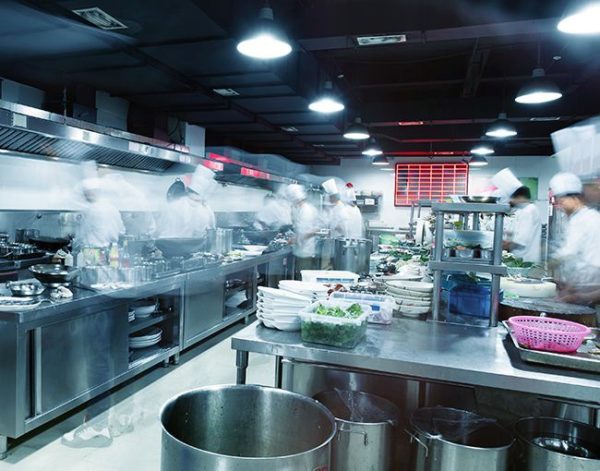Someone who’s never worked in a restaurant will always be the one to declare that restaurants are “back” at the first sight of a full dining room since the pandemic started. While it’s true there are encouraging signs as more restaurants reopen and restrictions loosen, that doesn’t mean by any stretch that they’re “back.” As guests, we have a tendency to center ourselves and our own pleasure in how we measure restaurant success, but the suggestion that recovery is imminent at the first sight of swelling crowds is just plain naive. Maybe cheering on a commercial revival in the restaurant industry makes it easier for us to gloss over the mortal wounds the pandemic has inflicted on it.
Delusions about a parabolic recovery remind me how, during more prosperous times, budget constraints can often leave even the busiest restaurants deficient in basic supplies. You’d be shocked how many of the finest restaurants in the world have inadequate inventory of essential items like flatware, coffee saucers, cocktail stirs, clean linens, or check presenters. Many upscale restaurants open with luxurious accoutrements—crystal stemware, handmade ceramic plates, designer uniforms—then incrementally replace these items with cheaper replicas to save money. It’s not always a sign of integrity waning. Maintaining profitability requires operational discipline and a willingness to make sacrifices. If you can’t charge more, you have to spend less.
Experienced restaurant professionals understand the reality that crowded restaurants aren’t necessarily profitable ones. Generating revenue is only half the battle. The average profit margin for a single location full-service restaurant, after removing all other costs, is only 6.2 percent, and a sizable percentage of new restaurants still close within their first year. It’s hard to imagine that calculus becoming more forgiving going forward. Any assessment of a restaurant comeback needs to be graded on a strict curve.

The RESTAURANTS Act passed by Congress will help stave off some of the damage for many independent restaurants. But this massive government subsidy will primarily assist small operators in shoring up their finances and keeping staff on the payroll. You don’t need a degree in accounting to understand that paying off credit card debt doesn’t make people rich. It only puts them on a track to better financial health. It’s the same for ailing restaurants that’ve been paralyzed by a year’s worth of austerity measures.
How we approach our role as consumers in helping restaurants rebuild is critical to the recovery effort. It’s been a difficult time for all of us, having to cope with being quarantined in our homes for months at a time. We all yearn for the freedom to gather with friends and loved ones. Restaurants will be conduits for all of that volatile social energy. As guests, we need to be hyper-vigilant about how we comport ourselves while restaurants rebuild.
After such extreme isolation, it’s easy to envision a dystopian future where communal spaces—particularly those that sell food and alcohol—become completely unhinged. Just this past week in South Beach, authorities imposed an 8pm curfew when rabid, maskless crowds overflowed on the beaches and outside of nightclubs.
Restaurant workers are programmed to leave our outside problems at home when we come to work. We’re taught that being rattled by guests’ transgressions is a sign of weakness and impurity. Considering everything that’s transpired in the past year, it seems unfair to continue to expect this level of piety from restaurant workers who’ve risked their health and safety day after day to stay employed—often without being deemed essential workers. The lopsided power dynamic —between the servers and the served—has always been a flashpoint in restaurants and is ripe for exploitation in a post-pandemic world.

We should think about the restaurant recovery like we do overcoming the virus. Restoring the industry’s health must be a healing process formulated on public trust. We can’t spend our way out of this crisis. It’s unrealistic to expect restaurants to rebound when what they really need is to rehab. Rebounds happen swiftly, while rehab involves a methodical process and a commitment to holistic change.
The worst thing you can do as a guest is blissfully retreat to your own restaurant “bubble,” ignoring the new challenges these businesses face to remain viable. If your steak isn’t cooked exactly to temperature, consider giving the kitchen a pass this time. If your food is delivered late, think about the line cooks drenched in sweat—many who’ve spent months unsure when they could return to work—doing their best to keep up with the deluge of order tickets.
Making frivolous complaints under the circumstances —as though the pandemic never happened—is unfair and irresponsible. We’ve all become so accustomed to restaurants doing everything possible to accommodate us. In the past, we’ve been entitled to having many of those expectations, but the pandemic should inspire all of us to become less entitled and more forgiving. To weather the storm, restaurants need millions of hungry people not only to return to their old dining habits but also to bring as much empathy to the table as they do appetite.




